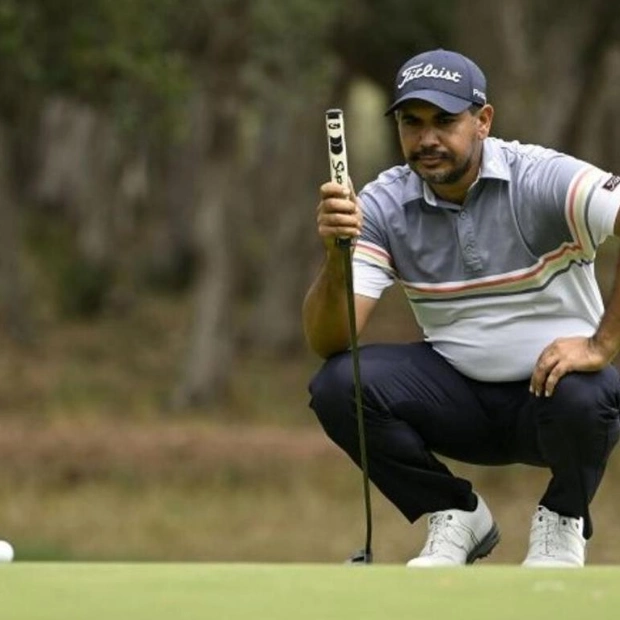The majestic Jebel Hafeet in Al Ain provided a stunning backdrop for the UAE's 53rd National Day festivities, titled 'Eid Al Etihad.' The official show masterfully combined history, nature, and cutting-edge technology to recount the UAE's journey through a captivating seven-chapter performance. With 10,000 participants, including expatriates, Emirati nationals, and members of the Royal Philharmonic Orchestra, the event was a vibrant display of unity, heritage, and innovation.
Real camels, palm tree props, and the enchanting Thuraya constellation set the stage for a breathtaking spectacle, seamlessly integrating natural elements with the UAE's historical and cultural traditions. Utilizing projection mapping and sustainable materials, the stage mimicked the mountain's terrain, reflecting the UAE's dedication to environmental preservation. This was the largest stage ever constructed for the UAE's National Day celebrations.
The performance commenced with 'Thuraya Star,' a homage to the star constellation that has guided generations of Emiratis. Known for its role in the ancient Duroor weather prediction system, Thuraya symbolized continuity and resilience. Through dazzling visuals and poetic narration, it reminded the audience of the ancestral wisdom that has shaped the nation's path.
The narrative then transitioned through key periods in the UAE's history, from the Hafeet Period (3000-2500 BCE) to the establishment of the falaj irrigation system that transformed the arid land into a lush oasis. Scenes depicting the generous palm trees celebrated their historical role in sustaining Emirati communities. Children, performers, and camels recreated moments of trade and hospitality that defined the UAE's heritage.
Central to the performance was a heartfelt tribute to the UAE's founding father, Sheikh Zayed bin Sultan Al Nahyan, and his mother, Sheikha Salama bint Butti Al Qubaisi. The show captured her pivotal role in nurturing Sheikh Zayed's values of tolerance, courage, and wisdom, which laid the foundation for the nation's union. A special segment honored the late Sheikh Tahnoon bin Mohammed Al Nahyan, who served as the Ruler's Representative in Al Ain for over five decades, highlighting his lasting legacy and contributions to the UAE's growth.
The Royal Philharmonic Orchestra, comprising 66 musicians from around the world and 33 Emirati members, performed a mesmerizing score that resonated through the desert night. Alongside their music, drones, light displays, and shadow play depicted the UAE's evolution, culminating in the signing of the Union Pledge in 1971 and the unification of the Armed Forces in 1976.
The finale celebrated the spirit of union through a Harbiya dance, a traditional Bedouin performance beloved by Sheikh Tahnoon. Synchronized movements with swords highlighted the UAE's resilience and unity. The show concluded with the Hero Song 'Badu Benaina Ommah' (We Built a Nation), composed by Mohamed Al Ahmed and performed by Coral Al Emarat, leaving the audience inspired by the UAE's enduring legacy.
Beyond a grand spectacle, the Eid Al Etihad show was also a reminder of the UAE's journey through time. It honored the wisdom of its ancestors, the foresight of its leaders, and the boundless potential of its people. As one poignant quote from the show summarized: 'High among these ancient peaks, the earth holds its breath to listen to the stars, whispering to the towering palms and telling stories that have yet to be told.'
The Eid Al Etihad official ceremony was also screened live at cinemas across the UAE, including Vox, Novo, Reel, Roxy, Cinema City, Star, Royal, Oscar, and Cinemax. Residents can catch the live broadcast on local TV channels, YouTube, and the event’s official website.
Source link: https://www.khaleejtimes.com






